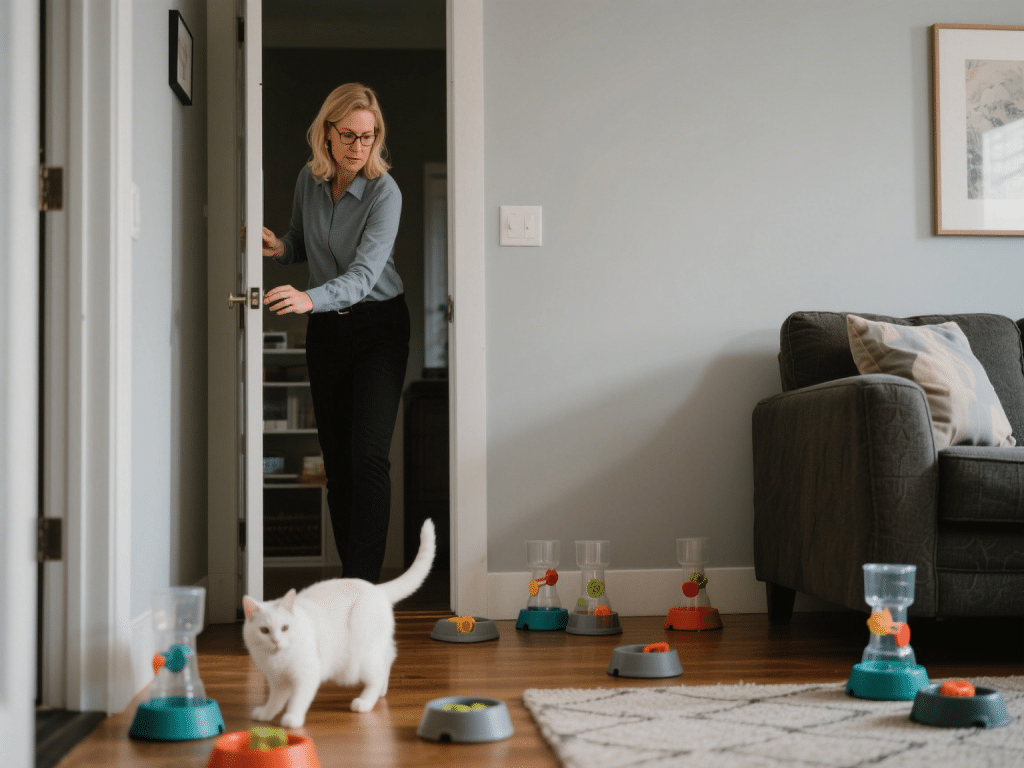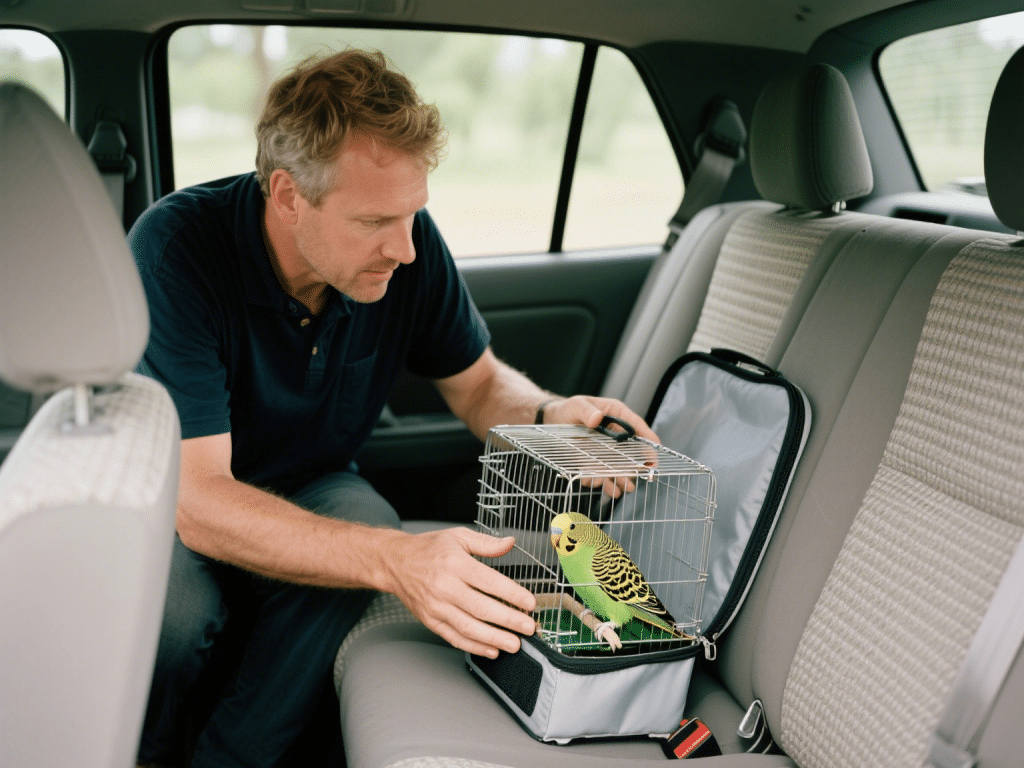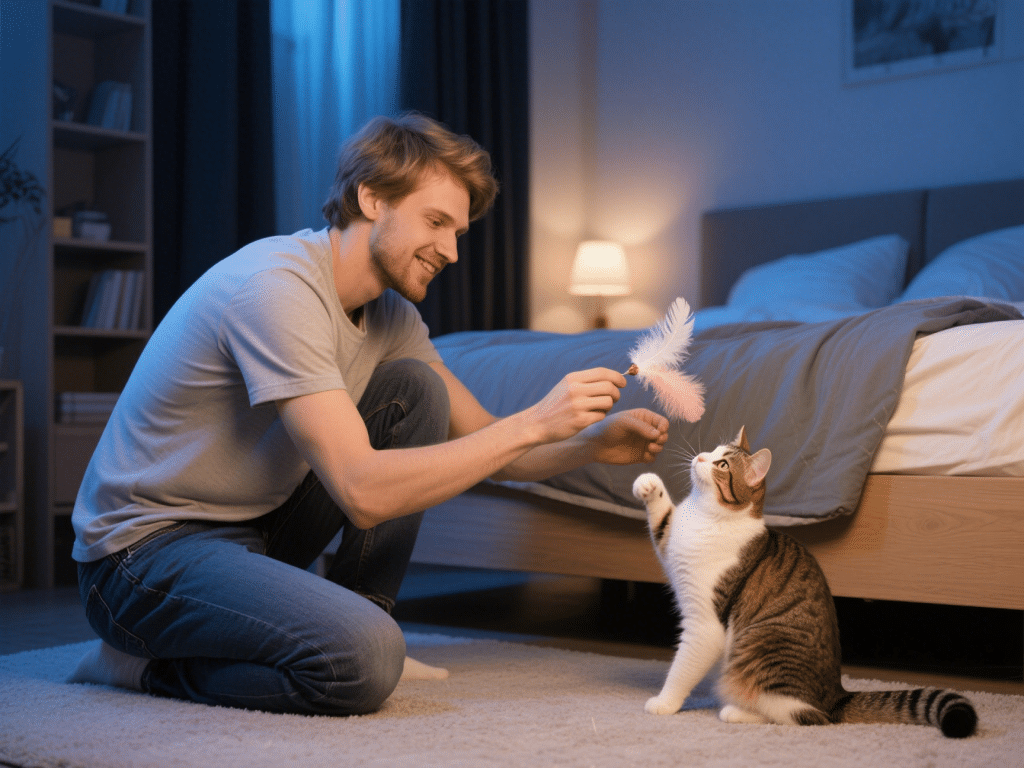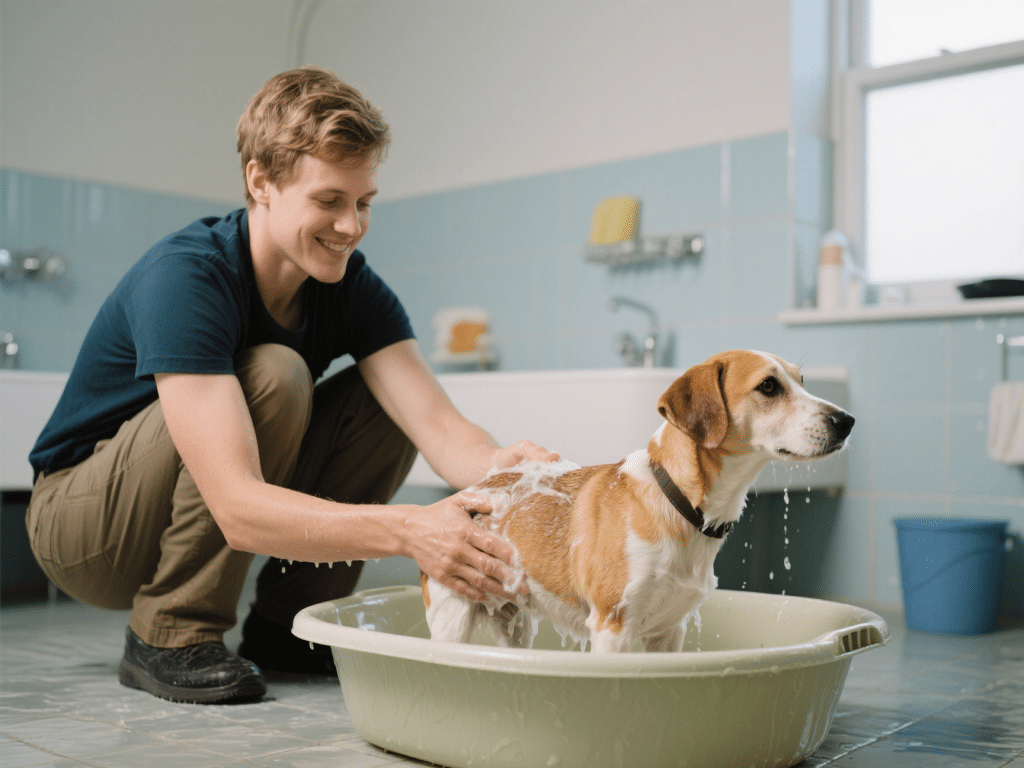Combatting Separation Anxiety in Cats: Enrichment and Routine

While dogs often receive most attention for separation anxiety, many cats also suffer stress when left alone. As a certified feline behaviorist and long-time cat guardian, I’ve developed targeted enrichment plans and routine adjustments that reduce destructive behaviors and boost kitty well-being.
1. Understanding Feline Separation Anxiety
Cats display anxiety through overgrooming, inappropriate elimination, vocalization, or destructive scratching. Causes range from abrupt schedule changes to lack of environmental stimuli.
2. Structured Daily Routine
Pre-Departure Play Session: A 10-minute interactive wand or laser play right before you leave burns energy and promotes restfulness.
Consistent Feeding Times: Automated feeders delivering meals at set intervals mimic social company and reduce meal-time stress.
3. Environmental Enrichment
Puzzle Feeders & Foraging Toys: Encourage natural hunting instincts; hide kibble in treat balls or tree-branch feeders.
Vertical Territory: Wall shelves, cat trees, and window perches offer vantage points and security.
Soothing Soundscapes: Play classical or feline-specific “music for cats” at low volume to mask outside noises.
4. Comfort & Scent
Calming Pheromones: Diffusers like Feliway Classic release synthetic F3 pheromone to signal safety.
Clothing Swap: Leave an unwashed T-shirt with your scent near your cat’s favorite spot.
Timed Light Cues: Smart bulbs mimicking dawn/dusk signals regulate circadian rhythm and reduce stress.
5. Gradual Desensitization
Mock Departures: Pick up keys, open front door, then sit down—repeat until cues lose their stress value.
Incremental Alone Time: Start with brief absences (5 minutes) and gradually extend to full-day intervals, rewarding calm behavior on return.
Conclusion
By combining routine, enrichment, comfort cues, and desensitization, you’ll address separation anxiety at its roots. Always observe your cat’s individual responses and consult a feline behavior professional for persistent cases.









Comments on "Combatting Separation Anxiety in Cats: Enrichment and Routine" :